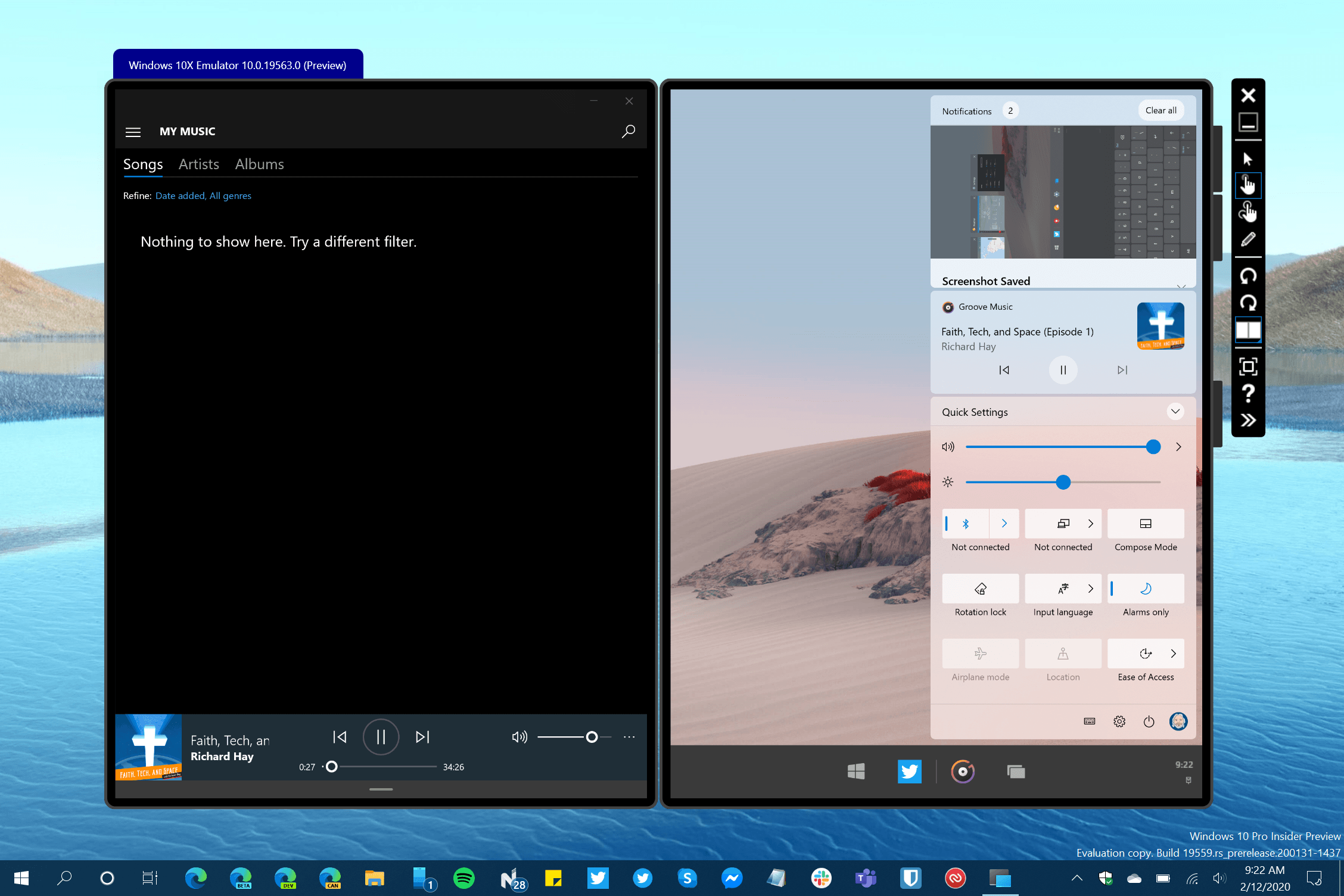

Time will tell if this is actually finally really the case, but this does look promising.

This seems to finally be what many of us have always wanted out of a next-generation Windows release: move all the cruft and compatibility to a glorified virtual machine, so that the remainder of the operating system can be modernised and improved without having to take compatbility into account.įor now, Windows 10X seems focused on dual screen devices, but a lot of people in the know seem to think this is the actual future of Windows. Applications running inside the Win32 container are entirely isolated from the rest of the host Windows 10X operating system, and Windows 10X interacts with them through specialised, performance-optimised RDP clients – one for each Win32 application.

It’s effectively an entire traditional Win32 Windows operating system running inside Windows 10X. As you can see in the below overview diagram from the video, the container contains a kernel, drivers, the needed files, a registry, and so on. The Win32 container is actually a lot more involved than you might think. The Native container runs all the modern/UWP applications. MSIX containers are basically slightly more advanced classic applications, and these containers run inside the Win32 container as well. Win32 applications run inside a single Win32 container, capable of running pretty much anything “classic” you can throw at it, such as Win32, WinForms, Electron, and so on. As detailed in this video from Microsoft (select the video titled “How Windows 10X runs UWP and Win32 apps”), Windows 10X has three containers – Win32, MSIX, and Native. While Windows 10X does support Win32 applications, they run in a container. Everything is a Modern application (or whatever they call it these days), including things like the file manager – the traditional Explorer is gone. There’s none of the old Win32 code and applications lying around, or fallbacks to old Win32 dialogs. My first thoughts? Windows 10X feels like a slightly more modern version of Windows 10 that has been cleaned up for future devices.

Microsoft wants to give developers a head start on optimizing apps before devices launch later this year, so this basic emulator provides an early look at Windows 10X before it’s finalized. Microsoft released its first emulator for Windows 10X today, allowing developers to get a first look at the new operating system variant for dual-screen devices.


 0 kommentar(er)
0 kommentar(er)
